T4K3.news
Star and Black Hole Trigger Rare Double Supernova
Astronomers report SN 2023zkd shows a star in deadly orbit with a black hole triggering a rare double brightening explosion.
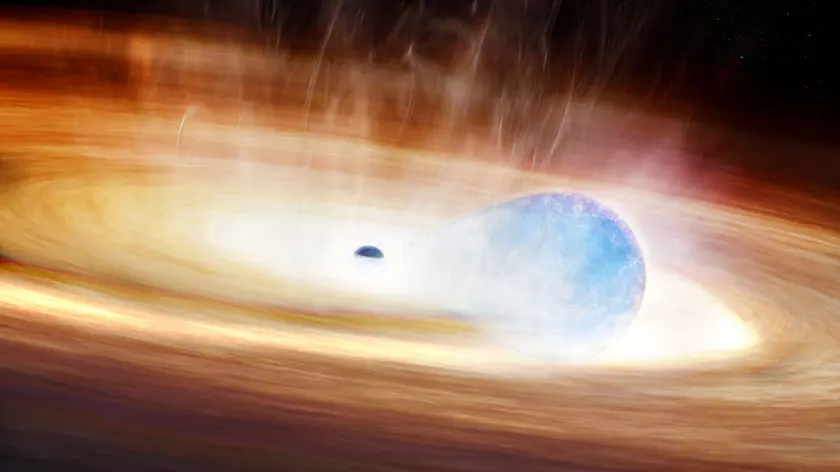
A rare double-brightening supernova linked to a star's interaction with a black hole offers new clues about how massive stars die.
Star Sheds Light on Black Hole Interaction and a Rare Double Supernova
Astronomers with the Zwicky Transient Facility identified SN 2023zkd in July 2023 while scanning for unusual stellar explosions. An AI system named LAISS flagged its light curve as evolving in an odd way, prompting quick follow ups. In a paper published in the Astrophysical Journal, researchers describe two striking features: the explosion appears to have a double brightening, and the star showed slow brightening for years before its final death. They present two scenarios: a star that partially swallowed a black hole causing strong gravitational stress, or a black hole tearing the star apart and its debris triggering the explosion.
The team says the black hole remains after the star dies. The study adds to the strongest evidence so far that stellar encounters with black holes can trigger unusual supernovae. LAISS is described as a tool that analyzes light from the supernova and its host galaxy, then compares the data with a large reference set to flag outliers. A Slack bot posts these candidates every morning, and researchers follow up with additional observations. The authors see this event as a sign that more exotic stellar deaths may be found as data from ground surveys grows and AI assists the search.
Key Takeaways
"There are two particularly strange features of this supernova"
Lead author describing unusual features
"It looks like it exploded twice, brightening, dimming, then brightening again"
Quoted description of the light curve
"In this case, we dug deeper into the data before the supernova and noticed that the star was clearly brightening slowly for years prior to its death"
Data-driven analysis detail
"It's a very exciting time to study supernovae"
Author's takeaway about the field
This case highlights how extreme gravity in binary systems can shape stellar death in ways that challenge current models. It suggests the need to broaden how scientists classify supernovae and to rely on cross checks between automated alerts and human judgment. The discovery also signals a shift toward data driven science, where machines sift through vast datasets to surface rare phenomena. Yet the findings come with caveats: a single event cannot settle questions about star–black hole interactions, and alternative explanations may still fit parts of the data. More observations will be needed to confirm how often such interactions produce supernovae and what they look like across the spectrum.
The use of AI like LAISS shows promise for accelerating discovery, but it also raises the bar for verification. As surveys collect more data, researchers will need robust methods to distinguish true novelties from noise and to interpret unusual light curves within physical models. If more events emerge, scientists may rewrite chapters of stellar evolution and gravity driven transients, while keeping a careful eye on the limits of current theories and tools.
Highlights
- It looks like it exploded twice brightening dimming then brightening again
- The star was slowly brightening for years before its death
- AI flagging real time opened new doors for discovery
- The universe keeps surprising us with strange bright events
The universe continues to reveal its surprises, one well analyzed event at a time.
Enjoyed this? Let your friends know!
Related News
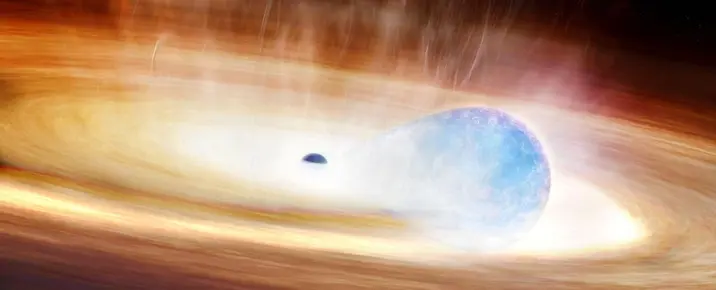
Star swallowing black hole may trigger new supernova
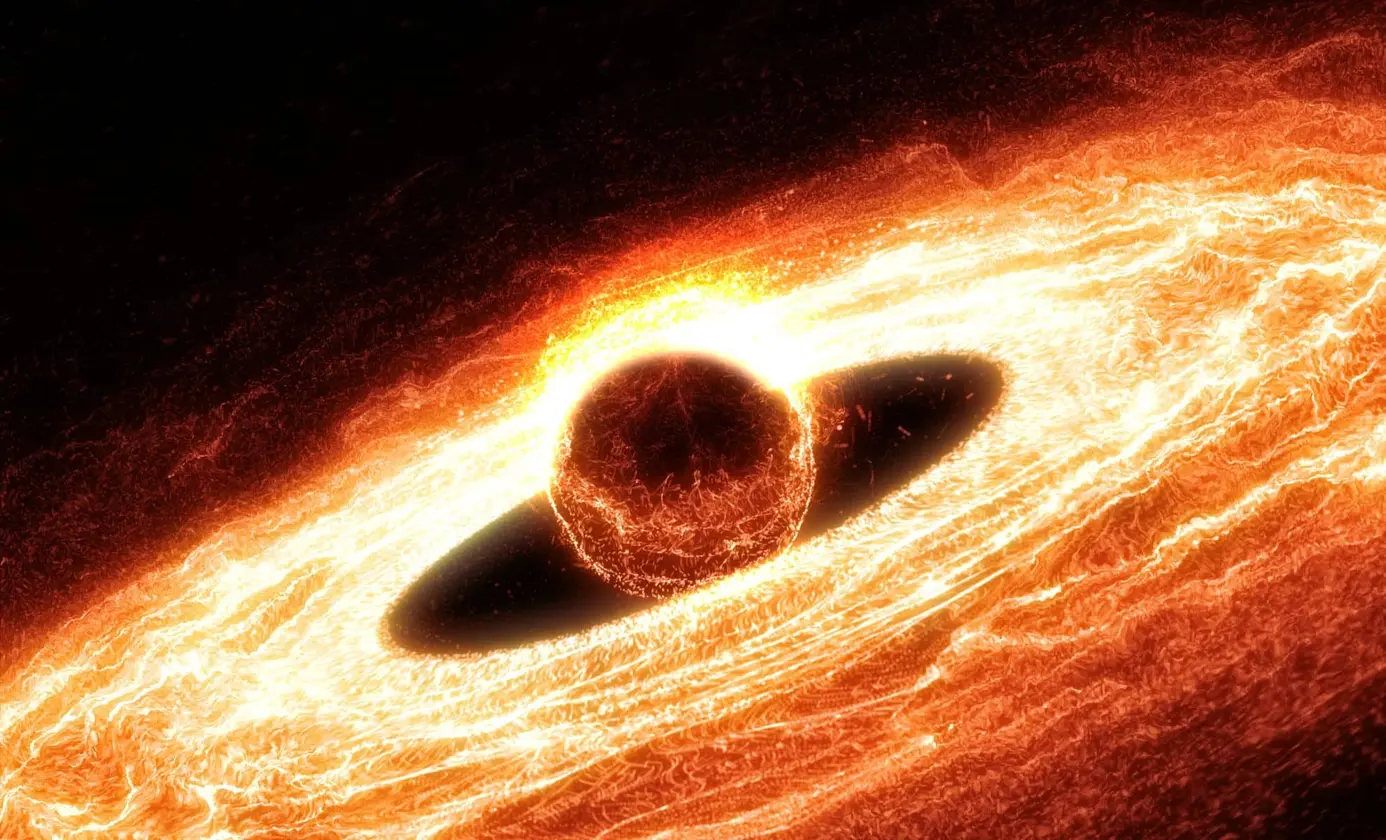
Astronomers observe second flare from same black hole
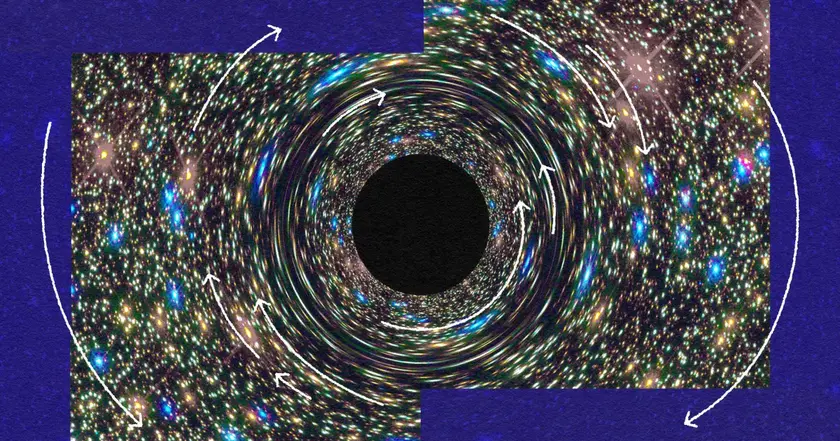
Cosmic Horseshoe Reveals Heaviest Black Hole Yet
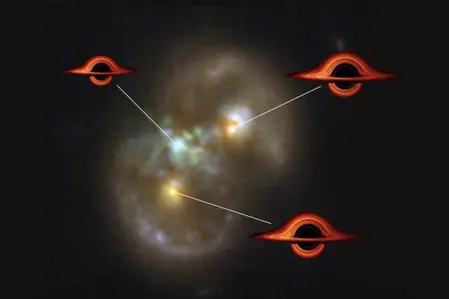
Astronomers capture birth of supermassive black hole
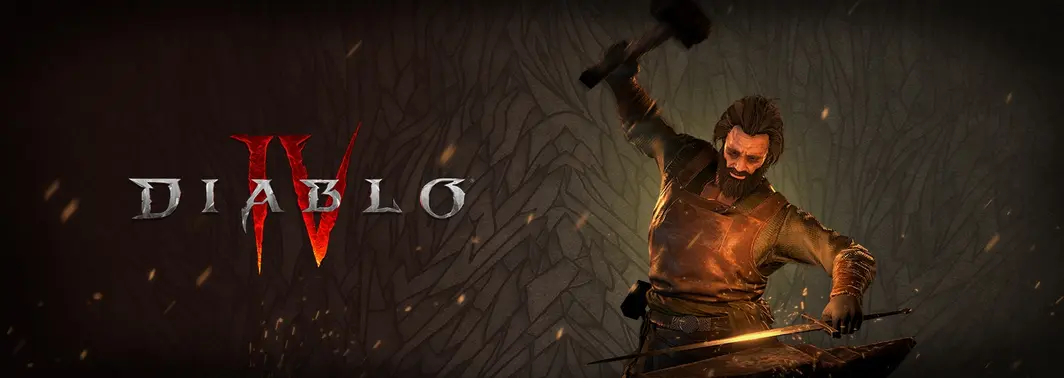
Diablo IV 2.4.0 PTR Preview
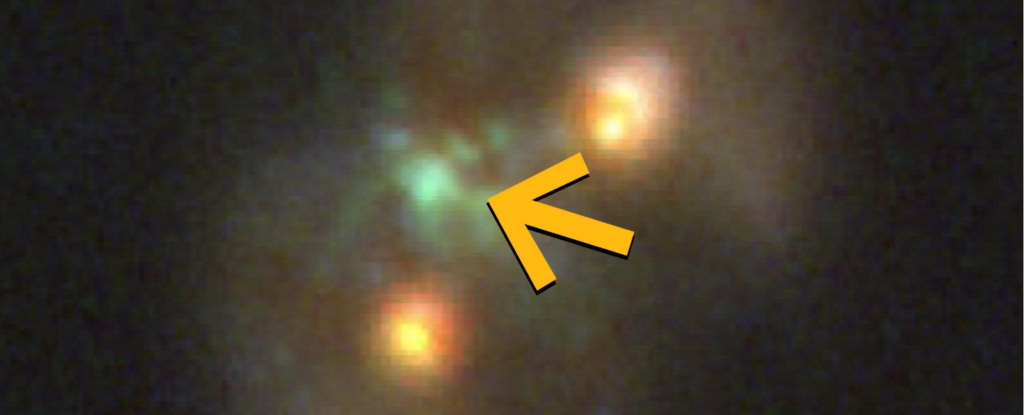
Discovery of Possible Supermassive Black Hole Formation
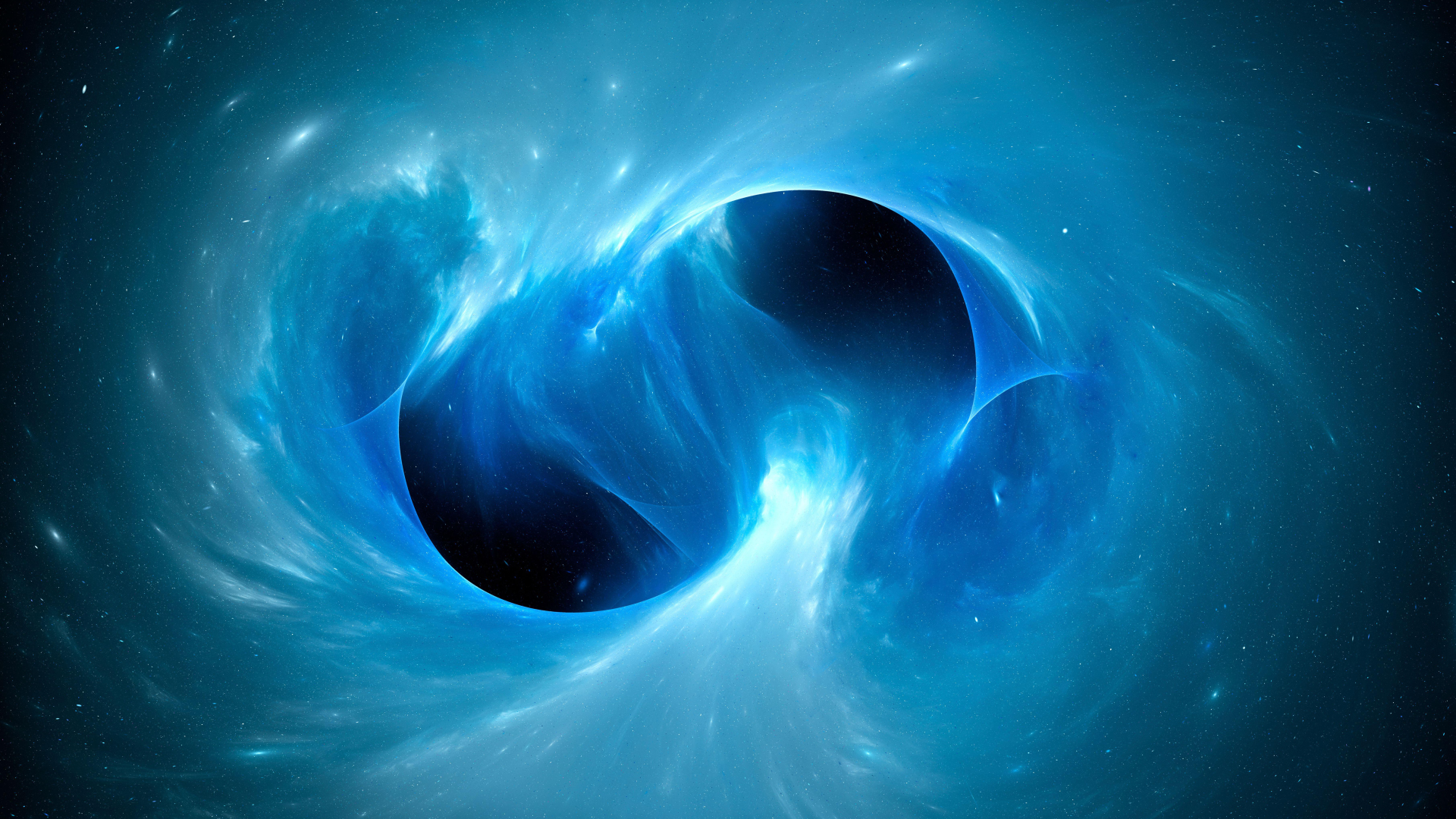
Massive black hole merger discovered

Astronomers capture first evidence of supermassive black hole formation
